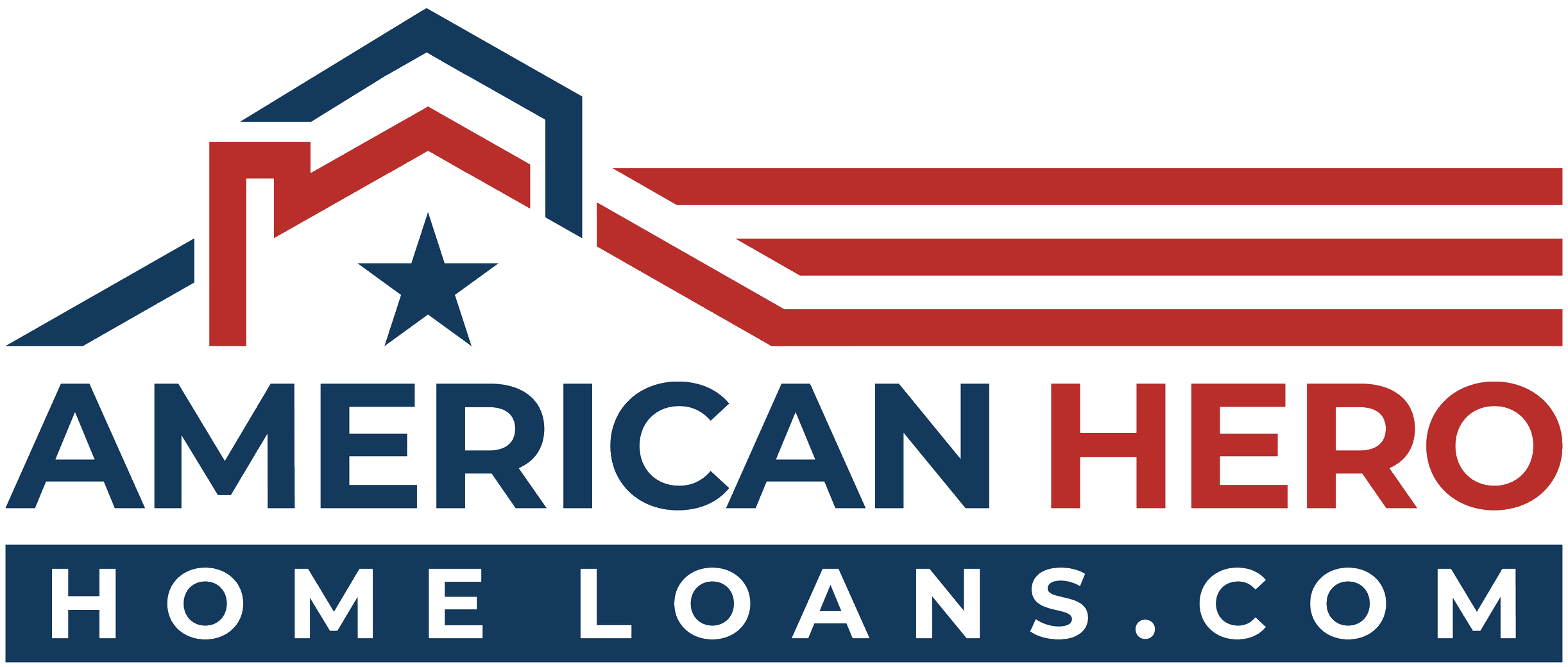Lower Your VA Loan Payment—No Appraisal, No Hassle Built for Veterans. Backed by Trust. If…
How To Make Your Dream of Homeownership a Reality
According to a recent Harris Poll survey, 8 in 10 Americans say buying a home is a priority, and 28 million plan to do so within the next year. Homeownership has numerous financial and non-financial advantages, so the interest is understandable.
However, it’s unlikely that all 28 million Americans will meet that target in the coming year. Experts predict that approximately five million homes will be sold in 2023. Why is there such a disparity? It’s partly because buying a home can be difficult.
In the same survey, when asked, “Which of the following are preventing you from pursuing homeownership at this time?”:
- 34% answered, “I don’t have enough saved for a down payment”
- 30% answered, “My credit score”
If you want to buy a house, here’s what you need to know to get there.
Save for Your Down Payment
Your down payment accounts for a significant portion of the total cost of your home. Most home buyers put down some cash up front (a down payment) and then take out a loan (a mortgage) to cover the rest of the cost.
It’s a long-held misconception that you must pay 20% of the purchase price as a down payment. In reality, a 20% down payment is not always required. In fact, the National Association of Realtors (NAR) reports that today’s median down payment is 14% for the average buyer and only 6% for first-time buyers.
USDA loans are offered at 100% financing which means there is no down payment required. Also, as a benefit to our past and present members of the military, the VA home loan program offers 100% financing and no monthly mortgage insurance.
Regardless of how much money you can save for a down payment, know that there is assistance available. A local lender can show you different options for getting closer to your down payment goal. Furthermore, there are loan types, such as FHA loans, with down payments as low as 3.5% for some buyers, as well as VA and USDA loans with no down payment requirements for qualified applicants.
Beyond assistance programs and different loan types, here are a few other tips to help you as you save for your down payment:
- Remember to factor in closing costs. In addition to your down payment, closing costs are usually 2-5% of the home’s purchase price.
- Maintain your savings. Your down payment shouldn’t deplete all your savings. It’s important to still have some money set aside for homeownership expenses after you move in.
- Explore your options and lean on your trusted advisor for expert guidance. Do your research, ask questions, and look into the resources available for buyers like you.
Improve Your Credit Score
Your credit score is a number that tells lenders how financially reliable you are. A higher credit score typically indicates that you will be able to borrow more money at a lower interest rate. There are steps you can take to improve your credit score if it is preventing you from getting an affordable mortgage. Here are two examples:
- Pay your bills on time. Your credit score improves when you pay your bills on time. It suffers when you are late. How can you make it easier to pay your bills on time? When and where possible, set up automatic payments.
- Mix it up. Credit comes in many forms, ranging from auto loans to credit cards to mortgages. Having a mix of them also helps your credit score.
Bottom Line
If you want to purchase a home this year, let’s connect so we can start preparing. If you or someone you know is on active duty, a Veteran, in the National Guard or Reserves, a 1st responder (such as police, fire, or EMS), a healthcare provider, or a teacher, you’ll want to check out our Home for Heroes affiliate page here.





